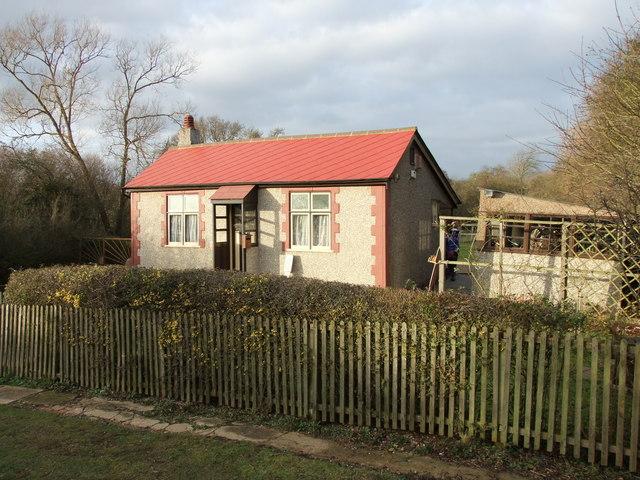Starting Out.....
In the summer of 2013 a number of pupils from Lincewood Primary School were on an 'explore' through the dense woodland and thickets of Lince Wood, one of the oldest and most established of all the Langdon Hills woods. The pupils were actually there to undertake mapwork, some environmental studies, and track down various elements of the hill that contribute to its character: streams, sand, slopes, and viewpoints, as well as the woodland itself.
The pupils however made a discovery. They kept coming across bits of rusting metal, glazed wall tiles, brick, glass, smashed earthenware and pottery; and strange plants on equally strange landscape. Questions were raised, enquiries were made and books and the internet searched.
The pupils - all 9 and 10 year olds - had discovered The Plotlands.
Since Autumn 2014, the work has been led by Barry Howard from Hunter Outdoor Training Co. a specialist outdoor education company based in Leigh-on-Sea. Pupils' enthusiasm has not diminished in the 12 months since the start of their historic finds, almost all of which have been found on the school site - the research took a surprising twist in September 2014 when it was noticed that in the spoil dumped from building foundations for a new classroom many pottery shards and other artefacts were found. The pupils didn't even have to leave their school grounds! The finds have been rich and very interesting.

ABOVE: A plotlands house 'The Haven', now part of the Essex Wildlifde Trust's reserve at Dunton. Built in the 1930's by Frederick and Mena Mills, it was robust enough to survive over 50 years until the Trust took over the site, and the building was still intact, in the 1980s. More at http://www.essexwt.org.uk/haven-plotlands-museum
Plotland sites were formerly fields. Farmers in the late 1800's were losing income fast due to the cheap grain being imported from the USA; many farmers who managed marginal land here in south Essex: Langdon Hills, Laindon, what is now Basildon, Pitsea, and even some locations in Benfleet, sold the land using agents to encourage quick sales to those living (mainly) in the east end of London, and west Essex: as far east from London as Upminster. Plots could be bought for between £5 and £20; however there were no services: no roads, no mains sewerage, no electricity, gas, or water. Thus on top of the price of the plot of land, the dwelling had to be built (and therefore all the materials had to be bought and transported to sites where no roads existed), and the property made viable to return to after relatively long periods of standing empty - especially throughout some of the harshest winters of the 20th century such as 1947 and 1963, although by the latter date most plotland homes were abandoned. A number of the dwellings became permanent residences, a lot however were 'holiday' homes, but no less poorer for being that.
ABOVE: This photograph says a lot: the construction of the plotland dwelling is of gravel sheet (straight onto board) with ship lap on the facing side. This looks a well built house. The garden comprises fruit trees - a lot of plotland sites were already orchards. Ada is carrying the 'overnight bucket' back from the cess pit. Photo circa 1946; location unsure - possibly out-of-area, in the Vange Hill Drive locality. Notice there are no large trees (in this admittedly narrow view)...many were cleared to make manageable plots.
Lincewood Primary School, Berry Lane, Langdon Hills, Essex. SS16 6AZ T: 01268 412888 office@lincewood.essex.sch.uk
